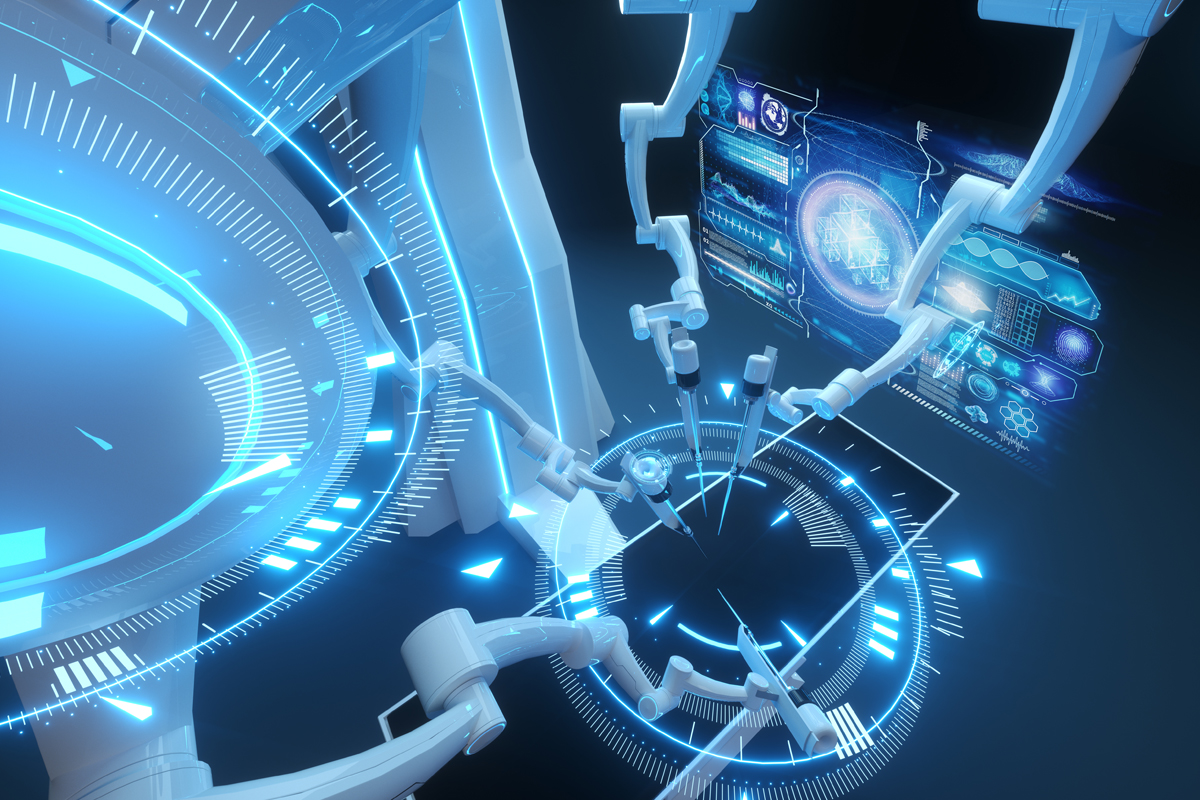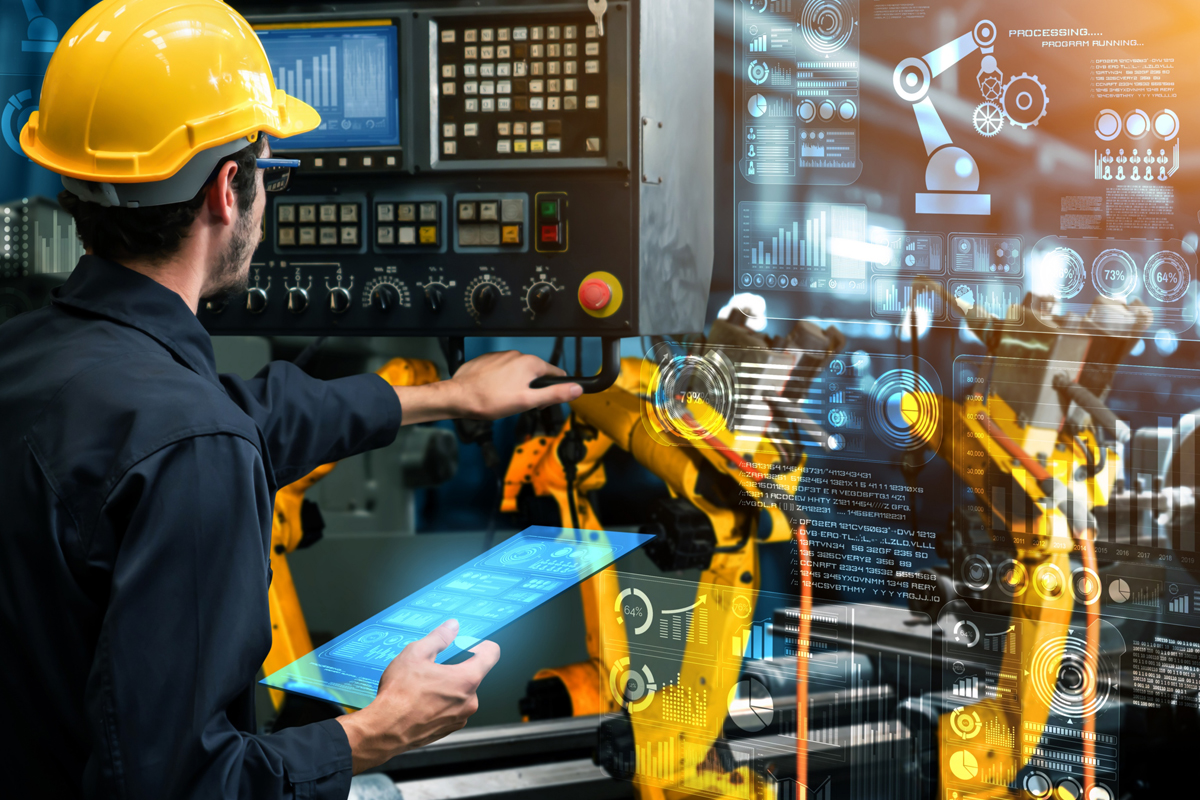Data Mining
Data is now the world’s most valuable commodity. The internet and the connected devices generate an enormous amount of data every day. However, most of this data is never used. At Novateur, we are developing novel machine learning methods that turn raw data into insights.
Our research focuses on solving key challenges in data mining that include but are not limited to: uncovering patterns in large, unlabeled, and noisy datasets; modeling long-term temporal dependencies; adapting to new situations without forgetting what we have learned in the past; incorporating context, domain knowledge, and subject matter expertise in machine learning models to help them identify subtle and hidden patterns and relationships.
By addressing these challenges, our models enable data analysts to effectively search and navigate large datasets, gain insights, and obtain actionable intelligence.
Geospatial Intelligence
Understanding fine-grained urban mobility behavior and identifying activities that do not conform to normal behavior in a vast sea of urban activities is important for many applications, including intelligence, homeland security law-enforcement, disaster relief planning, and transportation. At Novateur, we are leveraging recent advancements in deep learning as well as the availability of large-scale mobility data to generate key insights about urban human mobility and how it is influence by various factors, such as time, seasons, and adverse natural or human-triggered events. Our TITAN product can observe long-term trajectory data to identify anomalies at different spatiotemporal scales. Our SALUS product optimizes the allocation of resources during disasters to provide essential services effectively and efficiently.
ISR (Intelligence, Surveillance, and Reconnaissance)
Sensing systems (Radar, EO, IR, SAR, etc.) play an increasingly crucial role in intelligence, surveillance, and reconnaissance (ISR). Modern sensing systems provide access to high-resolution, low-latency, multi-modal data for any part of the earth. They produce massive amounts of data at bandwidths that far surpass the availability and capabilities of human analysts to monitor them and extract timely intelligence. At Novateur, we are developing technologies that can convert the massive data streams from ISR sensors into actionable intelligence and reduce data-to-decision timelines in a manner that is proportionate to data growth.
Chemical and Biological Threat Detection
CBRN (Chemical, Biological, Radiological, and Nuclear) threats are becoming more prevalent, as more entities gain access to modern weapons and industrial technologies and chemicals. These incidents are difficult to manage or contain safely, since the agent involved are often invisible to the eye, lethal or otherwise highly hazardous, and can disperse over wide areas within short amounts of time. To tackle these challenges, Novateur is developing machine learning that enable robotic platforms to i) integrate information from multimodal sensors for effective and efficient identification and localization of biological and chemical threats, ii) adaptively process and collect data so as to optimize competing goals of time-to-decision and classification accuracy in dynamic environments, and iii) adaptively navigate the environment to optimize the search and localization of threats while allowing security personnel and warfighters to operate at safe distances.
Smart Healthcare in Austere Environments
Medical care is remote and austere environments poses unique challenges for medical professionals, who must rapidly respond to emergency situations with limited access to many diagnostic and therapeutic tools, including imaging modalities that are typically used in ERs and hospitals. Recently developed portable handheld devices provide valuable diagnostic imaging capabilities. However, using these devices for clinical decision-making requires experience and expertise in medical image interpretation that users in the austere environments do not necessarily have. At Novateur, we are developing novel AI systems that enable operators (whether expert or non-expert) to perform a variety of clinical tasks including: low-cost screening, diagnostic decision making, therapeutic procedures, and triaging.
Robotics and Automation
Novateur is leveraging its expertise in deep learning and sensor exploitation to enable a wide variety of robotic and automation applications. Novateur’s SENTINUS system uses low-cost sensors on a transit bus to detect possible side-collisions with pedestrians and bicyclists and alerts the driver. Novateur’s CERBERUS system is an unmanned ground robotic system that creates detailed 3D maps of critical areas and uses them to identify possible threats and scene changes, such as left items. Novateur’s HECATE system uses advanced high-resolution 3D stereo system under a vehicle to create detailed imagery of the road and identify road surface distress and deformation.
Biologically Inspired Reasoning and Explainable AI
Modern deep learning systems have shown an amazing ability to discover hidden patterns from data. However, existing approaches significantly rely on availability of large amounts of annotated training data to extract relevant feature representations and their mapping to the task requirements. Unfortunately obtaining large amount of annotated data is expensive and time-consuming. Moreover, in many applications, it is simply not possible to collect a large amount to data to effectively train deep learning systems that can operate in a variety of real-world scenarios. Taking inspiration from human ability to reason from small number of examples, Novateur is tackling this challenge by developing a novel computational framework, METIS, that combines the power of human-like top-down reasoning with the ability of supervised and unsupervised deep learning systems to mine hidden pattern from data. We have demonstrated the effectiveness of our model on a variety of applications, including missile defense, CBRNE, and medical image understanding.








